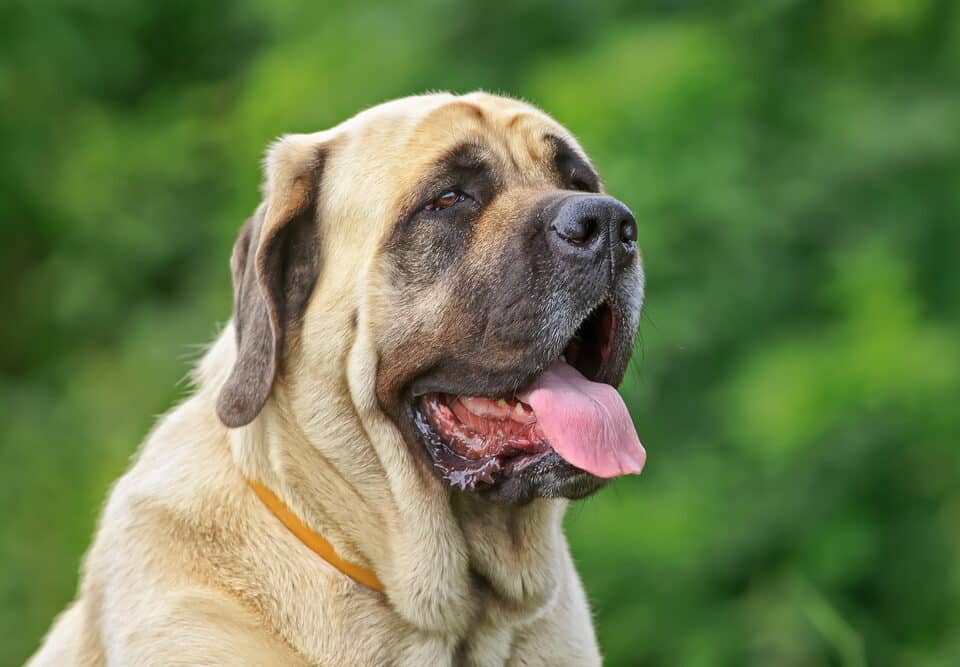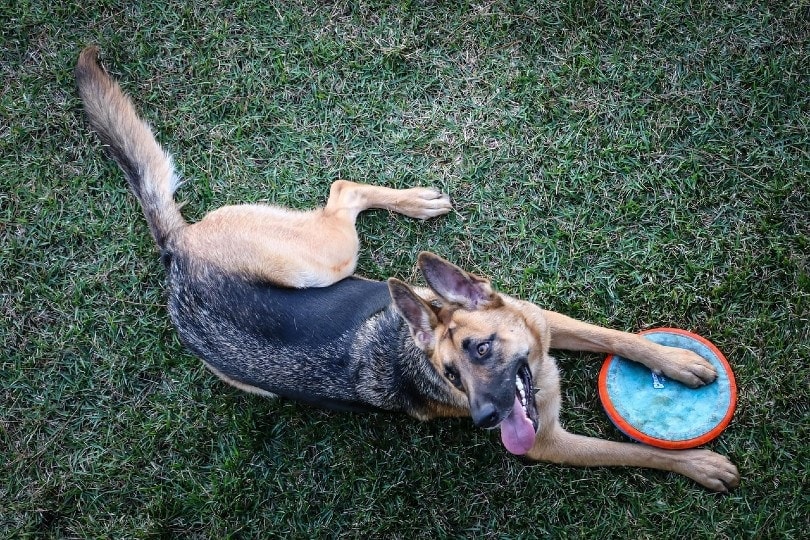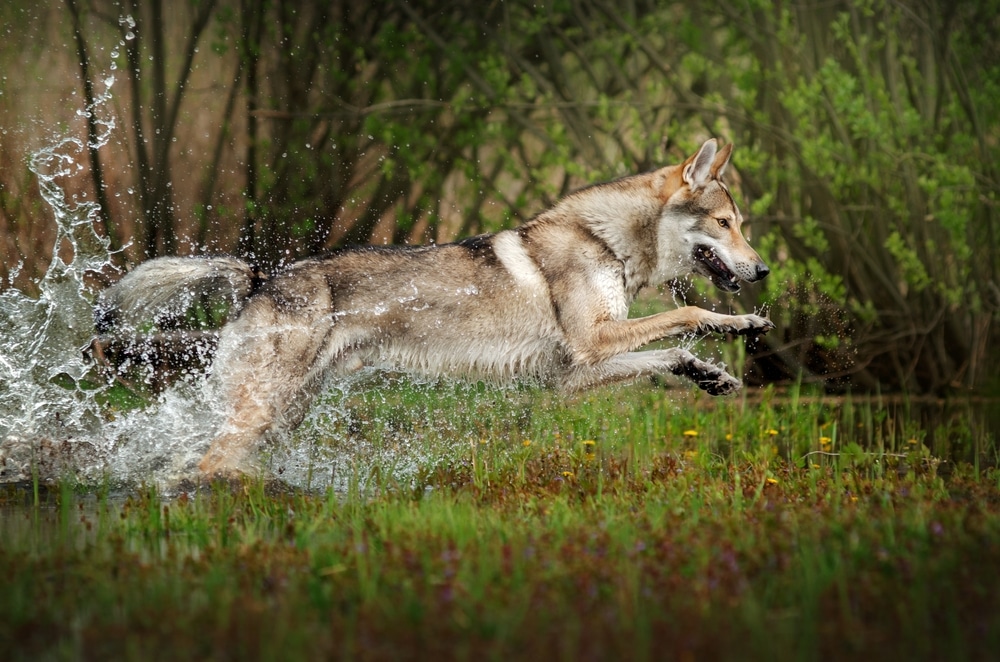Have you ever dreamt of having a dog that’s as large as a lion but as gentle as a lamb? Meet the English Mastiff, a breed that combines size with warmth and affection. These dogs are not just pets; they become family members who fill your life with love and loyalty. Let’s embark on a journey to understand what makes the English Mastiff so special.
You’re about to dive into the wonderful world of the English Mastiff—a breed known for its impressive stature and loving nature. Far from just being a furry companion, these dogs are protectors and friends for life. If you’re considering welcoming an English Mastiff into your home, there’s plenty to know about their characteristics, care, and what life with such a giant entails.
The English Mastiff: A Grand Overview
The English Mastiff is one of the oldest and largest dog breeds, tracing back to the Molossus of ancient Greece. These dogs are absolutely breathtaking, standing over 30 inches tall and weighing up to 320 pounds. Despite their intimidating size, English Mastiffs are known for their calm and protective nature, making them perfect companions for families with ample space.
With a lifespan of 6 to 10 years, these dogs require a commitment not only of time but of physical space. Having plenty of room is essential, as they need space to roam and relax. Their colors may vary from apricot to brindle and fawn, each with its own unique charm. The English Mastiff is truly a breed apart, known for its loyalty and gentle nature.
Living with an English Mastiff: Familial Bonds and Social Skills
An English Mastiff is a phenomenal family pet, gentle enough for children and protective to the core. They are known for getting along with other pets, from dogs to cats, though supervision is wise with smaller animals. Their imposing size is enough to deter intruders, but their heart is pure gold.
In family settings, these dogs are patient and easygoing, though it’s crucial to teach children how to interact respectfully. Their gentle demeanor belies a powerful instinct to protect their loved ones. Because of their size, an accidental topple during playtime is possible, so always keep a watchful eye.
English Mastiffs are remarkably easy to get along with other pets within the house. Their nature is friendly and confident, minimizing jealousy among them and other animals. However, smaller pets should still be carefully monitored to prevent mishaps during playful exchanges.
Puppy Paws: The Early Days of an English Mastiff
English Mastiff puppies are some of the most endearing creatures with their oversized paws and wrinkled faces. These pups grow rapidly, and during this critical period, proper nourishment is key. They require a diet with a well-balanced calcium-to-phosphorus ratio to prevent skeletal issues.
If you’re looking to adopt, consider reaching out to rescues or reputable breeders. Given their proclivity for certain health issues, such as hip and elbow dysplasia, ensure any breeder prioritizes health screenings. If adopting from a breeder, request comprehensive health tests and be wary of those unwilling to provide this information.
Raising an English Mastiff from puppyhood involves a lot more than just feeding and walking. These young giants need early socialization and training to mold them into well-behaved adults. Their immense size means mastering basic commands is crucial from a young age.
Nourishment: Feeding Your Mastiff Right
Unlike smaller breeds, English Mastiffs need specific nutritional care to support their swift growth. Opt for high-quality food, paying close attention to its calcium-to-phosphorus ratio. This can stave off potential skeletal issues that are common in larger dogs.
Mastiffs are also at risk of bloat, so divide their meals into smaller portions throughout the day. Overfeeding can lead to weight gain, which strains their joints. Consult your vet about the ideal daily intake to maintain a healthy weight.
While diet is crucial, keeping them hydrated cannot be overstated. Plenty of water supports their bodily functions and helps prevent bloat.
Exercise is necessary, but it should be low-impact due to their size. Aim for a half-hour of activity per day. This can include short walks or moderate play.
Exercise and Training: Building a Bond
Training an English Mastiff involves patience and understanding. While eager to please, these gentle giants can be easily bored with repeated commands. Use positive reinforcement to keep them interested and motivated.
English Mastiffs respond well to praise and treats rather than severe commands. These sensitive souls don’t take well to harshness, so use kindness as your training currency. It’s important to maintain eye contact during training sessions as these dogs are excellent at reading human expressions.
Socialization should start early to ensure they grow into friendly and approachable adults. The goal is to expose them to various environments and situations.
Exercise for an English Mastiff shouldn’t be exhaustive. Low-impact activities like strolls in the yard or gentle games are ideal. Their joints are vulnerable, especially in their younger years.
Grooming: Keeping the Mastiff Sleek and Tidy
Despite their size, grooming an English Mastiff is straightforward. They have a dense but short coat that doesn’t require much beyond regular brushing to control shedding. Their droopy jowls, however, do mean drool is a frequent visitor, so keeping a cloth handy is wise.
Bathing is rarely necessary unless they manage to make a mess of themselves. You can typically maintain cleanliness with just a damp cloth. Nevertheless, thorough baths are required from time to time and might necessitate a professional groomer.
Don’t forget the nails and teeth! Keeping their nails trimmed prevents discomfort, and brushing their teeth promotes oral health.
Health Concerns: What to Watch Out For
The English Mastiff’s hefty size comes with some health concerns. While generally robust, they are prone to conditions such as bloat and joint disorders. Always be vigilant about their diet and physical activity to mitigate these risks.
It’s also wise to be aware of issues like von Willebrand’s disease and allergies that can affect this breed. Regular vet check-ups can catch health issues early and allow for prompt treatment.
Ensuring your English Mastiff stays healthy involves regular vet visits and quality care. Diet, exercise, and cleanliness all play a role in longevity.
When choosing between a male and female Mastiff, size is a deciding factor with females typically being smaller. Consider the cost of fixing your pet as it differs between genders.
Little-Known Tidbits: Fun Facts About the English Mastiff
Did you know the English Mastiff is one of the oldest dog breeds out there? Their lineage traces back thousands of years, marking them as true historic companions.
The record for the longest dog in history belongs to an English Mastiff named Aicama Zorba, who was over eight feet from nose to tail. Talk about a giant among giants!
Welcoming an English Mastiff into your home is inviting a loyal and gentle giant to be part of your family. These dogs offer unwavering companionship and protection. With proper care, their presence can be a source of joy and comfort, notwithstanding their shorter lifespan.










